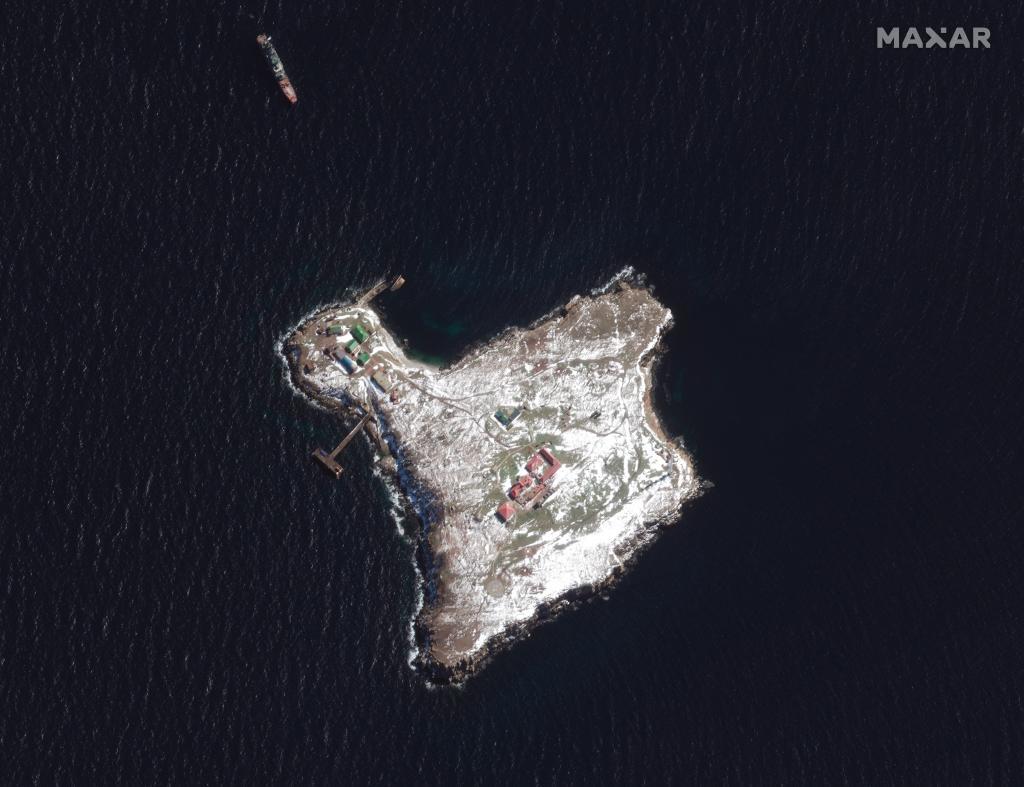Units of the Ukrainian armed forces completed the military clean-up operation on Zmiinyi Island (Snake Island) of equipment and weapons left behind by Russian troops after their withdrawal to Crimea, the Odessa regional military administration reported on Saturday.
Weapons and equipment destroyed by Ukrainian troops include a Grad multiple launch rocket system, a Pantsir-S1 anti-aircraft defense system, three armored and motorized vehicles, a tanker truck and a cache of other equipment.
In a Telegram message collected by the Ukrinform agency, Serhiy Bratchuk, a representative of the Odesa regional military administration, added that currently two Russian troop ships with more than a dozen cruise missiles on board and three large landing ships are on alert in the northwestern part of the Black Sea.
“Not feeling protected, they stay at the greatest safe distance from the Ukrainian coast,” he explained.
He warned that “the probability of missile attacks by Russia remains high.”
On the other hand, he pointed out that in the city and region of Odessa today is a day of mourning for those killed in the night missile attack by Russian troops that left 21 dead.
Russia announced two days ago that it was withdrawing from Snake Island, a small but strategic enclave in the Black Sea as “a gesture of goodwill”, although Ukraine believes that it is because Moscow cannot maintain its strategy in the area. after having lost several ships.
The head of the Ukrainian armed forces, Valeriy Zaluzhny, yesterday accused the Russian aircraft of having attacked the island with phosphorus bombs from the Bilbek airfield in Sevastopol.
In a message on Telegram he stated that “the leadership of the armed forces of the Russian Federation does not even abide by its own declarations of a ‘goodwill gesture’.
“Today, at around 18:00, from Belbek airfield, two Su-30 aircraft of the Russian Federation air force twice launched air strikes with phosphorus bombs against the Snake Island, where allegedly ‘ completed their tasks,'” he said.
Conforms to The Trust Project criteria
















